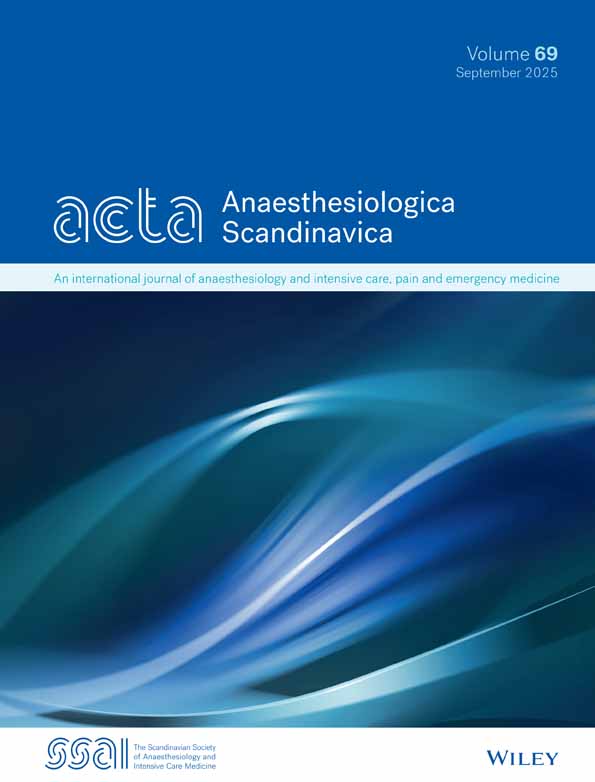Cardiac output measurements during cross-clamping of the descending thoracic aorta in pigs
A comparison between transit-time ultrasound, thermodilution and pulsed Doppler ultrasound
Abstract
Background: Cross-clamping of the descending thoracic aorta (XC) induces an increase in cardiac output (CO). The intention of this study was to evaluate the high CO during XC by the use of clinically available methods (thermodilution and pulsed Doppler ultrasound) compared to transit-time ultrasound flowmetry of the ascending aorta as the gold standard.
Method:
Ten pigs were anaesthetised with ketamine and fentanyl. The descending thoracic aorta was cross-clamped for 30 min, and cardiac output was measured with pulmonary artery thermodilution technique, pulsed Doppler ultrasound on the aortic annulus and transit-time ultrasound flowmetry of the ascending aorta.
Results: At 15 min following XC, CO increased from 1.7 l/min to 4.6 l/min measured with transit-time ultrasound (P<0.05). With thermodilution technique, CO increased from 2.6 l/min to 5.7 l/min (P<0.05), and from 2.4 l/min to 6.0 l/min measured with Doppler ultrasound (P<0.05). There was an increase in mean arterial pressure of 81% and heart rate increased 76% (P<0.05).
Conclusion: XC of the descending thoracic aorta induces an increase in CO of 171%. Thermodilution and pulsed Doppler ultrasound are reliable methods for detecting high cardiac output during thoracic aortic surgery.




